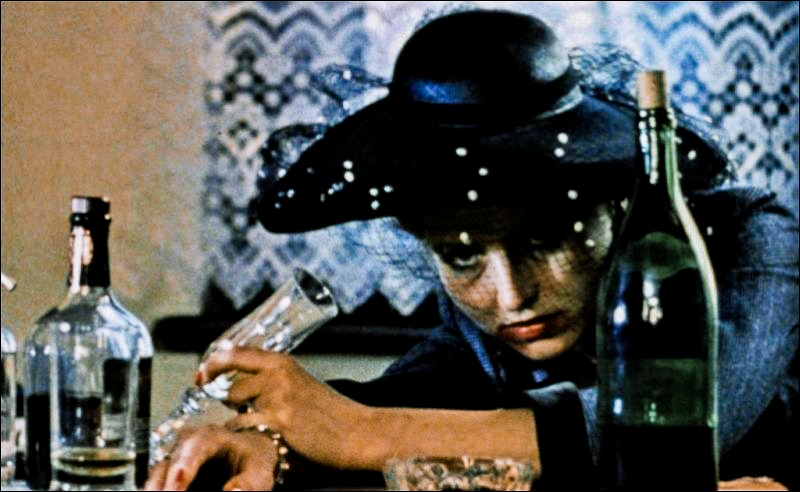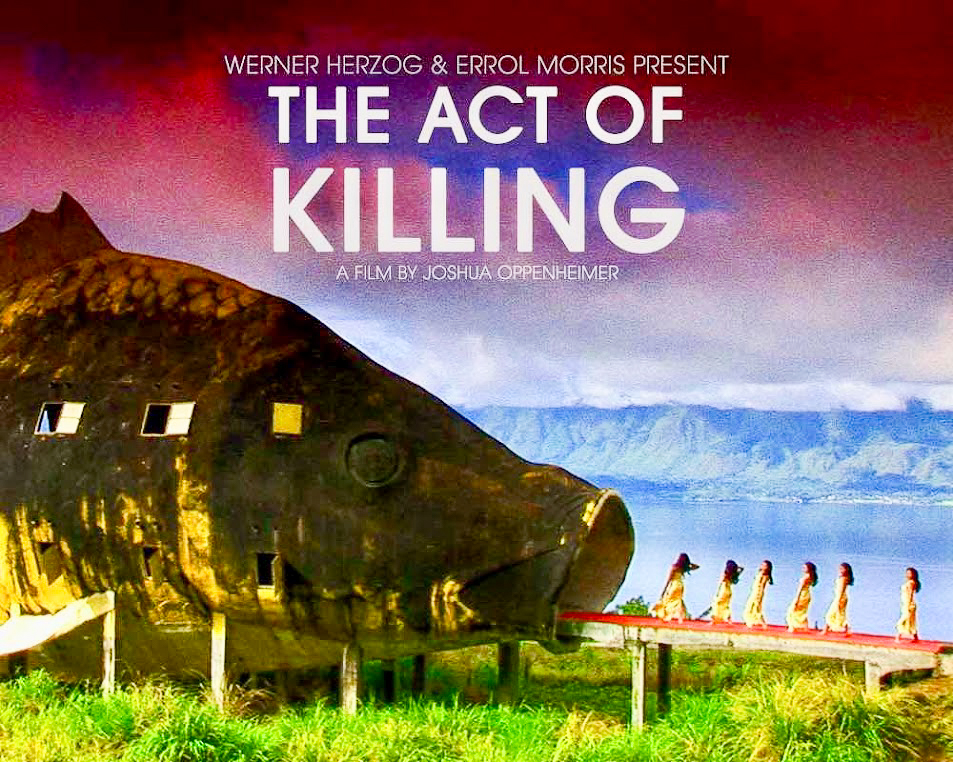And, indeed, I will ask on my own account here, an idle question: which is better—cheap happiness or exalted sufferings? Well, which is better?---Fyodor Dostoevsky ---Notes from Underground There are certain people of whom it is difficult to say anything which will at once throw them into relief—in other words, describe them graphically in their typical characteristics. These are they who are generally known as “commonplace people,” and this class comprises, of course, the immense majority of mankind. Authors, as a rule, attempt to select and portray types rarely met with in their entirety, but these types are nevertheless more real than real life itself. For instance, when the whole essence of an ordinary person’s nature lies in his perpetual and unchangeable commonplaceness; and when in spite of all his endeavours to do something out of the common, this person ends, eventually, by remaining in his unbroken line of routine—. I think such an individual really does become a type o...
NOTES FROM UNDERGROUND
Hope
To be human is to be a miracle of evolution conscious of its own miraculousness — a consciousness beautiful and bittersweet, for we have paid for it with a parallel awareness not only of our fundamental improbability but of our staggering fragility, of how physiologically precarious our survival is and how psychologically vulnerable our sanity. To make that awareness bearable, we have evolved a singular faculty that might just be the crowning miracle of our consciousness: hope.--
Erich Fromm
Links
- Get link
- X
- Other Apps
The Marriage of Maria Braun (1979)
Bombs fell as Maria was married to a soldier named Hermann Braun, with the wedding party scrambling for safety. Then came more years of the war. Whatever happened to Maria Braun during those years created a woman who is strong and cruel, sad and indomitable. She is so loyal to her husband of less than a day that she kills for him, and so pitiless to her lover of many years that she drives him to death.
"The Marriage of Maria Braun" was made by Rainer Werner Fassbinder in 1979, near the end of a career so short and dazzling that it still seems incredible he did so much and died so young. Fassbinder made at least 30 features, or many more if you count his television productions, including the 15-hour miniseries "Berlin Alexanderplatz," and he did it all between 1969 and his death at age 37 in 1982.
Fassbinder's world was one in which sex, ego and money drove his characters to cruelty, sadism and self-destruction. It is never difficult to discover what they want, or puzzling to see how they go about it. The suggestion is that the war years and the postwar years wounded the German psyche so profoundly that the survivors wanted what they wanted, now, on their terms.
Fassbinder himself was cruel and distant to those around him, particularly those who loved him, and in Maria Braun, he created an indelible monster who is perversely fascinating because she knows exactly what she is doing and explains it to her victims while it is being done.
After the brief opening wedding scene, the story rejoins Maria and her mother immediately after World War II, when they are sharing a flat carved out of a bombed building. She believes her husband, Hermann (Klaus Lowitsch) is dead, although she haunts rail stations with his photograph.
The population is starving and desperate; when an American GI tosses away a cigarette butt, a dozen Germans scramble for it. Maria applies for a job in a nightclub for American soldiers; it's located in a high school gym where she once attended school, and she mounts the parallel bars, which are still in place, and more or less orders the owner to give her the job.
The B-girl joint is the first step on Maria's relentless climb to success. We follow her from about 1946 to the mid-1950s. There is a black American soldier she is fond of (they share the movie's only scene of physical affection), but when her husband unexpectedly returns and finds them in bed, she settles the matter by breaking a bottle over the GI's head. She did not plan to kill him, but he's dead.
Her husband tells the court he did it and is sentenced to prison. Maria remains fiercely loyal to this absent spouse, who is essentially a stranger, for all the rest of the film; perhaps it is her form of loyalty to Germany in its defeat.
The gradual evolution of Maria Braun from a desperate scavenger to a rich beauty; Hanna Schygulla, who met Fassbinder in school and starred in 20 of his films, had an uncanny ability to float just out of range of analysis, as if she were not acting but getting her effects through dreamy murderous impulses -- that despite the fact that every shot was precisely blocked and the dialogue has the precision and brutality of a play by Neil LaBute.
What happens to Maria and her husband in the final scene was the subject of heated discussion after the film played at Cannes in May 1979. It's a surprise, but you must admit it is as plausible an ending as any other. I remember Fassbinder late at night at a back-street bar at Cannes that year, always in his black leather jacket, surrounded by his crowd, often scowling or arguing as they tried to please him. He was Maria Braun and they were all Oswalds. But he was a genius. That much everyone admitted.
- Initial release: March 23, 1979 (West Germany)Budget: 1.975 million DM
- Initial release: March 23, 1979 (West Germany)Budget: 1.975 million DM
Rainer Werner Fassbinder | The Criterion Collection
ESSENTIAL RAINER WERNER FASSBINDER FILMS >>>
Rainer Werner Fassbinder was the engine room of post-war German film. In a career that lasted barely 15 years, he completed over 40 feature films, revolutionizing the way society looked at its own scars, prejudices, and hidden desires.
Influenced by the lush melodramas of Douglas Sirk and the alienation techniques of Bertolt Brecht, Fassbinder created a unique cinematic language. His films were not just movies; they were surgical dissections of power dynamics, exploitation, and the "exploitability of feelings."
He tormented his actors, threw drinks at his cameraman, and died of an overdose at 37, leaving behind two dead lovers – and an extraordinary body of work. |
Fassbinder directed his first feature in 1969, and was dead in 1982. Who else has created such a torrent of film, at such a high level of artistry? It's tempting to say he hurried because he knew his time was limited. Not at all. He hurried because his life was in his work, and those who knew him best wrote afterwards that he feared losing his friends and lovers if he did not always keep them around, in a flood of films and plays. If he had lived, and worked at the same rate, he would have made 80 films by now. Perhaps no one could have kept up that pace. He might have kept up the quality, however; it is sobering to think how much we lost when he died alone in that sad locked room.
- Fassbinder films capture a frantic life's desperation >>>
- Fassbinder films capture a frantic life's desperation >>>
Fassbinder directed his first feature in 1969, and was dead in 1982. Who else has created such a torrent of film, at such a high level of artistry? It's tempting to say he hurried because he knew his time was limited. Not at all. He hurried because his life was in his work, and those who knew him best wrote afterwards that he feared losing his friends and lovers if he did not always keep them around, in a flood of films and plays. If he had lived, and worked at the same rate, he would have made 80 films by now. Perhaps no one could have kept up that pace. He might have kept up the quality, however; it is sobering to think how much we lost when he died alone in that sad locked room.

.jpg)



.jpeg)



.jpg)

.jpg)
-2.jpg)





.jpg)